Sir Ponnambalam Ramanathan’s contribution to Tamil plight today
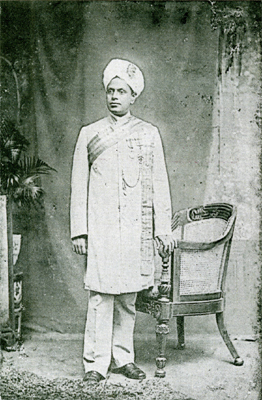
Sir Ponnambalam Ramanathan
What Mr. Sumanthiran said about Thalaivar Prabhakaran, driving away the Muslims from the North was the root cause for Muslim animosity against the Tamils, was absolute rubbish. If one looks at the Wikipedia the root cause was Ramanathan.
Visvanathan for Global News Centre
(LONDON) Sir Ponnambalam Ramanathan is often hailed as a great politician in Sri Lanka by the Tamils and the Sinhalese alike, but the Tamils are paying for the legacy he left behind for the Eelam Nation. During the 1915 Sinhalese-Muslim riots he sided with the Sinhalese against the Muslims. Today, the Sinhalese are not grateful for the services he rendered to them in 1915 and the Muslims have not forgiven the Tamils for what Ramanathan did to sabotage British efforts to punish the Sinhalese for the death and destruction they caused the Muslims.
The first outbreak of violence began on 29 May in the hill-station town of Kandy, when the Muslims objected to a Buddhist religious procession in the vicinity of a nearby mosque. The other possible cause could have been the Sinhalese resentment to the refurbishment of existing mosques and construction of new ones in the region.
In the early hours of the morning, a Sinhalese mob torched a local mosque in the area and began to attack Muslim homes and businesses. During the next nine days the clashes and assaults spread through the Central, North Western, Western, Southern and Sabaragamuwa Provinces; and at one point, on the 2nd June, it occurred simultaneously in 116 places.
Mobs of over a thousand were reported at Matale, Wattegama, Kadugannawa, Gampola, Rambukkana, Panadura, Godapitiya and Akuressa. Wikipedia reported that, “People from the Tamil minority also suffered violence due to popular Tamil politician Sir Ponnambalam Ramanathan’s overtly siding with the Sinhalese, infuriated the local Tamil-speaking Muslims.”
According to the official estimates 25 killed, 189 wounded, 4 raped. 4075 houses and boutiques looted, 250 houses and boutiques burned down, 17 mosques burnt down and 86 mosques damaged. Sir Robert the British Governor of Ceylon came down heavy handedly on the Sinhalese community and declared martial law on 2 June 1915 and ordered the police and the Army to shoot anyone on sight.
The colonial government arrested many prominent Sinhalese politicians and leaders on charges of treason and their houses were searched. Those arrested included D C Senanayake, his brothers, F R Senanayake, D.S. Senanayake (later the first prime minister of Ceylon), D B Jayatilaka, W A de Silva, F R Dias Bandaranaike, E T de Silva, Dr Casius Ferreira, C Batuvantudawe, D P A Wijewardene, John de Silva, W H W Perera, Martinus Perera, John M Senivaratne, H Amarasurya, D E Weerasuriya, Reverent G D Lanerolle, E A P Wijeyeratne, Harry Mel, A H E Molamure, D B Jayatilaka, A E Goonesinha, Battaramulla Unanse - a monk, Edmund and Dr C A Hewavitharatne, the brothers of Anagarika Dharmapala, who was also interned in Calcutta, where he had been during the unrest. After their arrests, riot compensations were to be exacted under threat of force from them.
On the request of Anagarika Dharmapala, Ramanathan came to the rescue of the Sinhalese community. He led the campaign for a Royal Commission of Inquiry “for the vindication of the reputations of those who had been falsely accused”. He sailed to England, in spite of risk to his life on account of the World war I, raging in Europe, to argue the case of the imprisoned Sinhalese. So articulate were his arguments that he succeeded in having the governor transferred and the head of Military recalled from Ceylon. He eventually managed to get all the leaders scot free without having to pay compensation for the damages caused during the riots.. When he came back to Ceylon victoriously, there were thousands to welcome him. Sir John Kotalawala and A. C. Seneviratne, a prominent businessman, said that the Sinhalese owe Sir Ponnambalam a debt that could never be repaid. (Of course, they repaid it to the Tamils in the Mullivaaikkal Genocide in May 2009) They insisted that his horse carriage be drawn by Sinhalese. Sir Ponnambalam was driven through the streets of Colombo to his residence at Ward Place and some of the top families of Sinhalese aristocracy had no qualms about drawing his carriage through the streets of Colombo virtually carrying him on their backs. Sinhala leaders took turns to pull the carriage.
D. S. Senanayake, the first Sri Lankan prime minister, called Ramanathan ‘the greatest Ceylonese of all times’, but Senanayake had no problem disfranchising the Indian Tamils in the very year of independence in 1948. That was how Sinhalese repay their gratitude. Sir Baron Jayatilaka, the Head of the Cabinet in the State Council, referred to him as ‘the greatest man Ceylon had produced during the past 50 years’, as there had been other great Sinhalese beyond the 50 years. He had to reserve a place for Dutugamunu, the greatest of them all. Another Sinhalese said that Rajapaksa is second only to Ponnambalam in his contribution to Sri Lanka.
“The events of 1915 would ultimately be what would be called the unfolding of explicit manifestation of ethnic tensions in the country which was to increase in number and intensity once the country attained independence.” Whoever said this, he was absolutely right. Wikipedia reported “The event also led to a major distrust between the Tamil and the Moor community who shared a common native language and strong cultural traditions. Also Muslims would side with the Sinhalese against the Tamils to protect their political turf and business interests in the later ethnic conflict that would take place between the two communities after the country’s independence.”
After 1915 a number of Sinhala leaders gradually emerged who were to leave an indelible mark on the political life of the country. Similarly, Sinhalese Buddhist nationalism took hold, in the beginning led by reformers in the name of religion. Thereafter, Sinhalese legal luminaries began to emerge. The Sinhalese had preplanned their operation to turn SL into a Sinhala/Buddhist state. That was the reason they went for the Indian Tamils as soon as the British handed over the country to them, as they were the softest target.
Then they went for the Sri Lankan Tamils, who were only legal luminaries, but they had no guts to fight. Some of the very people who were arrested during the 1915 riots or first generation children, put into operation their preplanned scheme. The Tamils went on satyagraha protests in 1956, but they were brutally suppressed and killed by Sinhalese thugs and police. Some Tamils were burnt alive and their young children thrown into the fire. This is how the the Sinhalese repay their debts. They followed this up with ethnic pogroms in 1958, 1977, 1981 and 1983.
Thantai Chelvanayakam, who broke away from the Ceylon Congress on account of the disfranchising of the Indian Tamils, formed a new party called the Federal Party and emerged as a leader of the Tamils. He signed two agreements with two Sinhalese leaders within a period of 8 years, Bandaranaike-Chelvanayakam Pact of 1957 and the Senanayake-Chelvanayakam Pact of 1965 only to find both of them abrogated
The reconstituted, Tamil United Liberation Front, in it their first convention on 14 May 1976, passed the Vaddukoddai Resolution to create a separate of State of Tamil Eelam. The declaration went as follows, “The first National Convention of the Tamil United Liberation Front meeting at Pannakam (Vaddukoddai Constituency) on the 14th day of May, 1976, hereby declares that the Tamils of Ceylon by virtue of their great language, their religions, their separate culture and heritage, their history of independent existence as a separate state over a distinct territory for several centuries till they were conquered by the armed might of the European invaders and above all by their will to exist as a separate entity ruling themselves in their own territory, are a nation distinct and apart from Sinhalese and this Convention announces to the world that the Republican Constitution of 1972 has made the Tamils a slave nation ruled by the new colonial masters, the Sinhalese ,who are using the power they have wrongly usurped to deprive the Tamil Nation of its territory, language citizenship, economic life, opportunities of employment and education, thereby destroying all the attributes of nationhood of the Tamil people…And, while taking note of the reservations in relation to its commitment to the setting up of a separated state of TAMIL EELAM…. This convention resolves that restoration and reconstitution of the Free, Sovereign, Secular, Socialist State of TAMIL EELAM, based on the right of self determination inherent to every nation, has become inevitable in order to safeguard the very existence of the Tamil Nation in this Country.”
Ramanathan was a Colombo Tamil, living in Colombo. He was a legal luminary and held great sway among the Tamils and the Sinhalese alike. As an eminent advocate he should have realised the worst could happen and nothing should be left to chance. While enjoying his love and friendship from the Sinhalese and earning the hatred of the Muslims, he could have protected the Tamils by at least working for a federal constitution and demarcating the boundaries of the Tamil Homeland. This was not beyond his intelligence or his experience, but he had to worry about his properties and other self-interest in Colombo. The same could be said of G.G Ponnambalam who, as a leader of Ceylon Tamils in Ceylonese cabinet could have objected to the disfranchising of the Indian Tamils, but he chose to be silent. As, another legal luminary, he, could have foreseen that the Ceylon Tamils were the next on the Sinhalese list.
What Mr. Sumanthiran said about Thalaivar Prabhakaran, driving away the Muslims from the North was the root cause for Muslim animosity against the Tamils, was absolute rubbish. If one looks at the Wikipedia the root cause was Ramanathan. Our Thalaivar was trying to unify the Hindus, Christians and Muslims, but the Muslims had made up their minds never to trust a Tamil again. So instead of responding to the Thalaivar’s call, the Muslims were working for the Sinhalese. After the Ceasefire Agreement in February 2002, when Thalaivar apologised to Muslims for his misjudgement at driving the Muslims out of the North, most of the Muslim leaders accepted his apology, but for Sumanthiran that was not enough. After May 2009 genocide, Sumanthiran was the only leader among the TNA members, who was harping on what our National Leader did and went on condemning the LTTE.
That mentality still persists with him; when he went to the Ilanki Thamil Sangam Annual Event from 14 to 16 Nov. 2014 in New Jersey, USA, he was quoted as having said that Mr.Modi said that “there are some tiger elements still existing” I have asked him for a confirmation whether Modi used the word ‘Tigers’ during his conversation with TNA. Except for Subramaniam Swamy, rarely members of BJP condemn the Tigers. He is yet to answer my query.
I am not accusing him of having said that, but I am asking him to clarify whether Modi has used the word ‘tiger’, or has Mr.Sumanthiran merely put the word into Mr. Modi’s mouth. Modi is an international statesman and misquoting him to the Diaspora is wrong. Hopefully, he clears his good name as soon as possible. Please read the download below to read the Sinhalese admiration for Sir Ramanathan




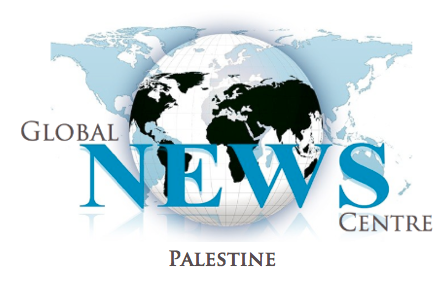


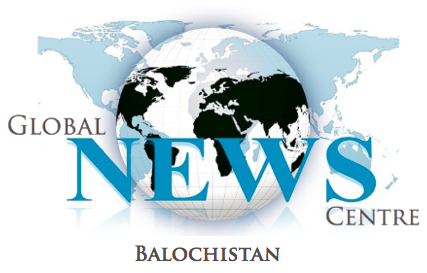


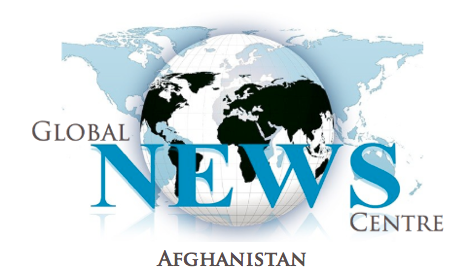







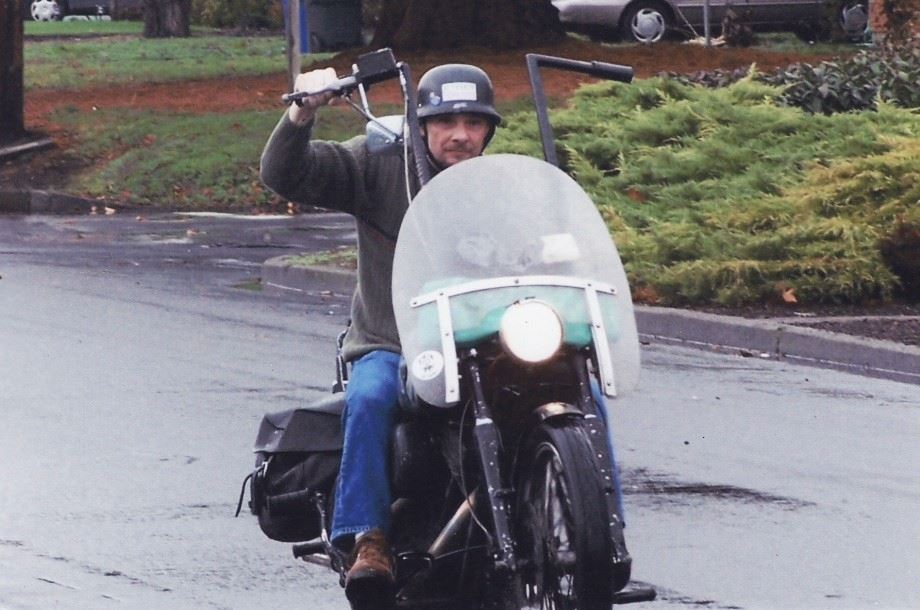
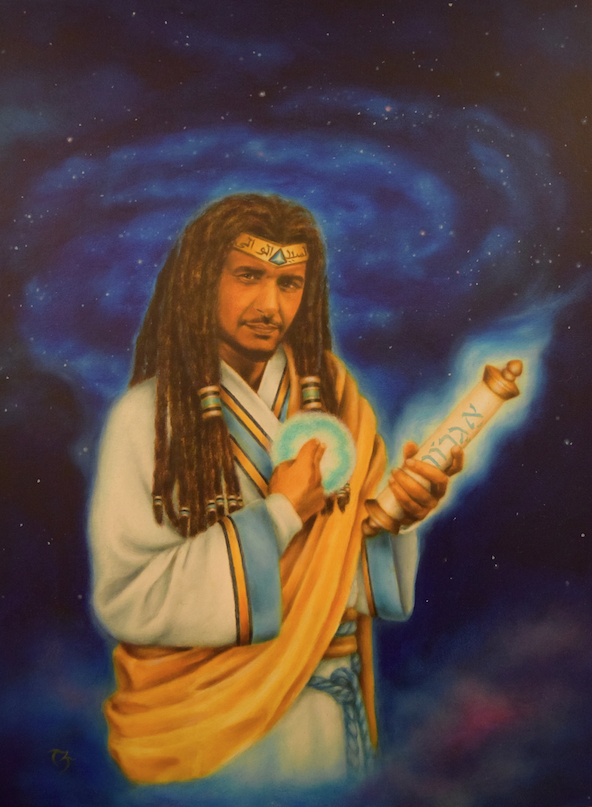
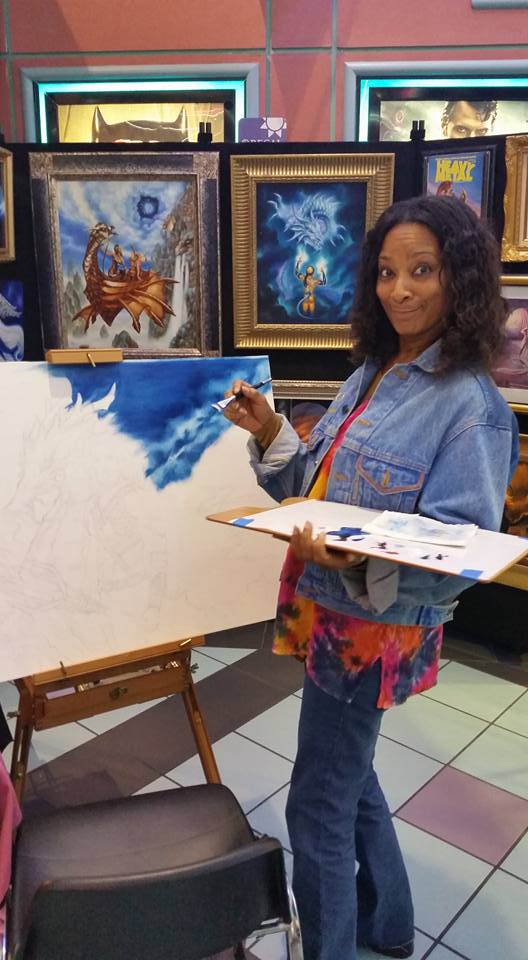


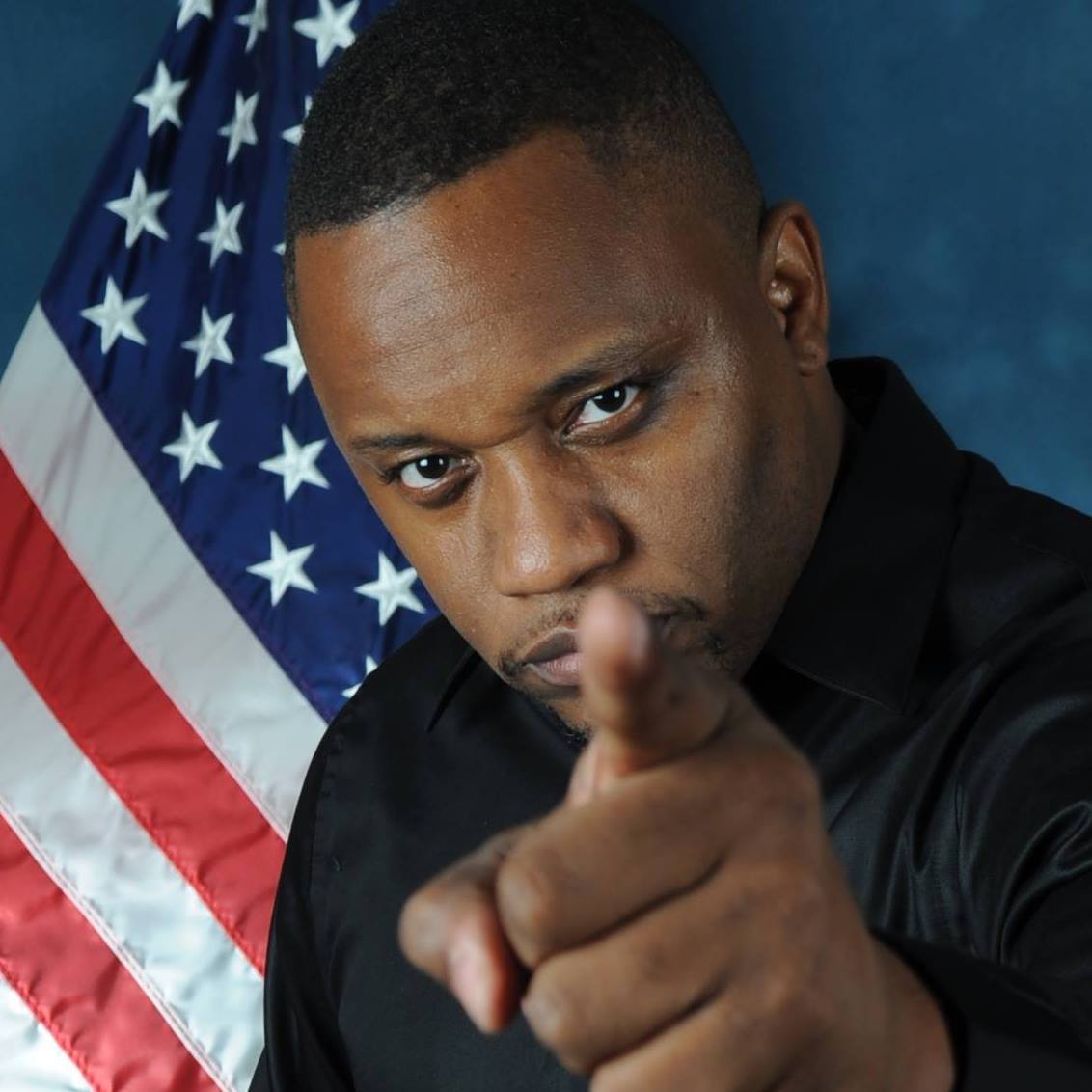

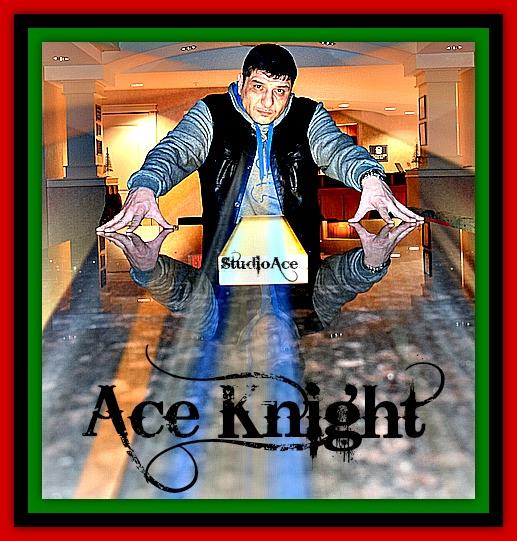
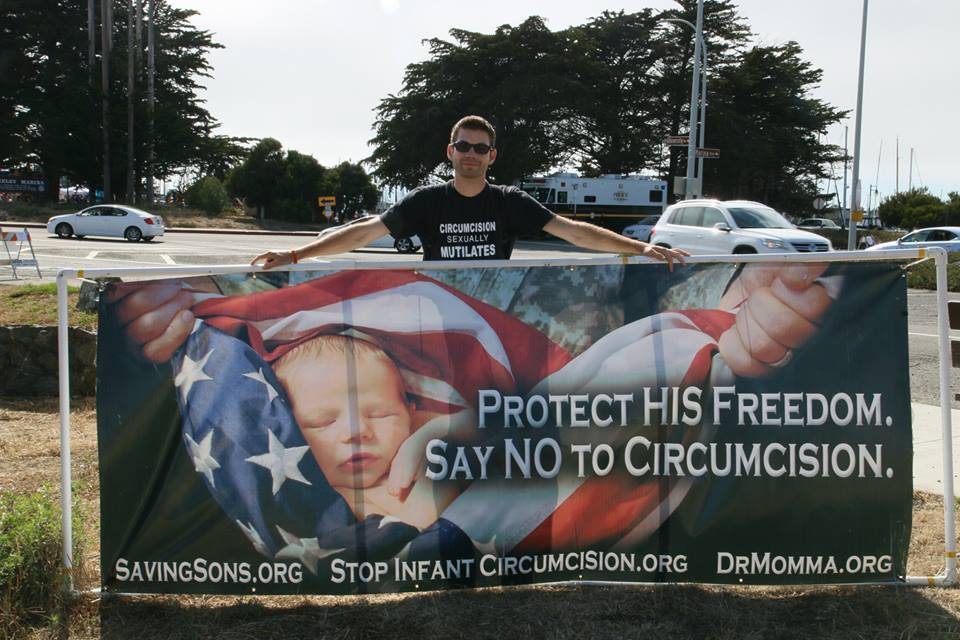








Leave a Reply
You must be logged in to post a comment.